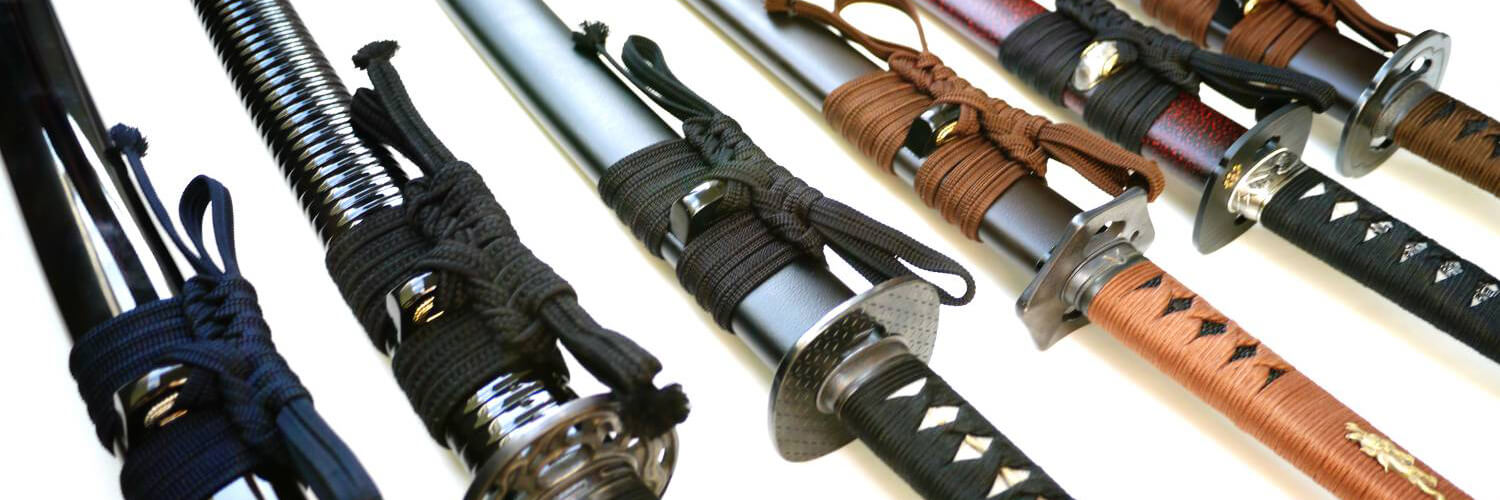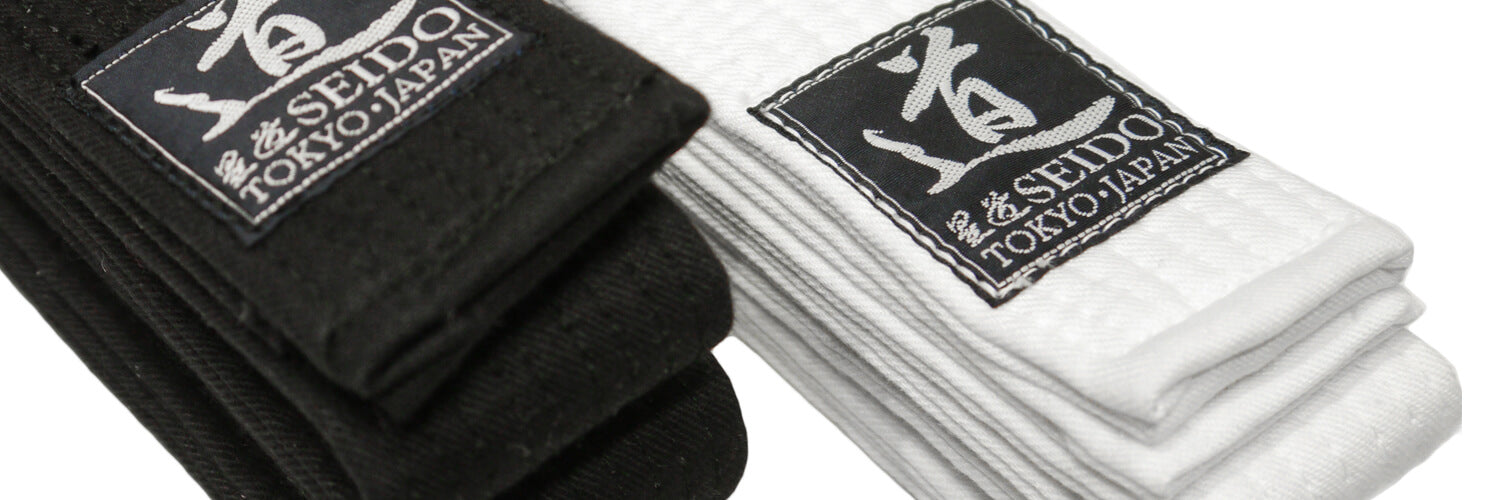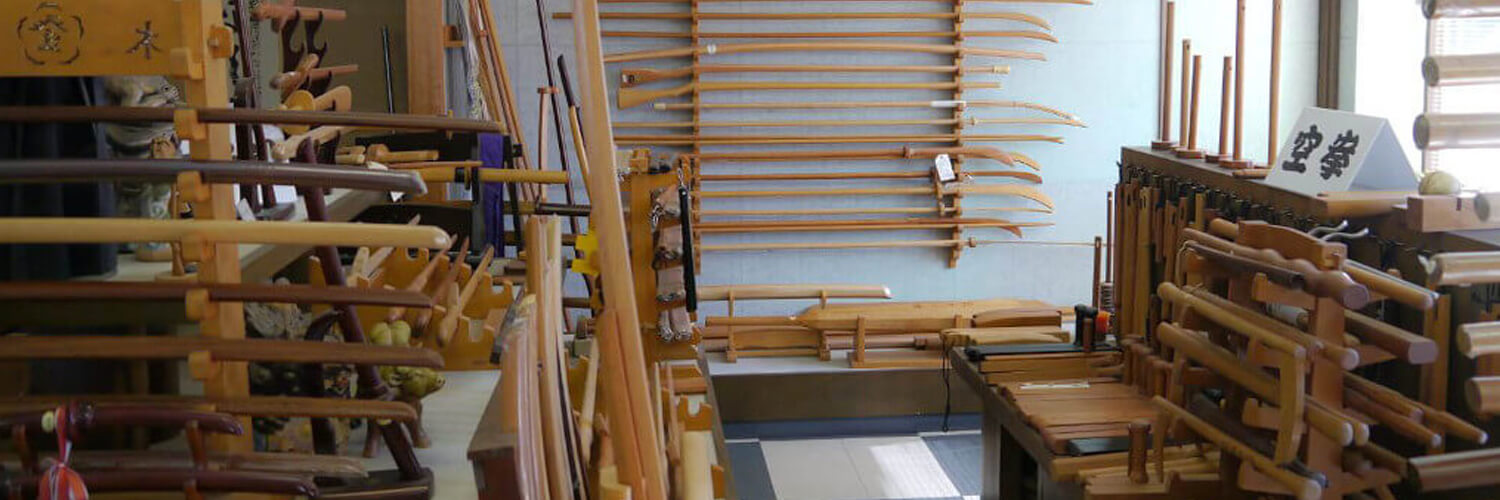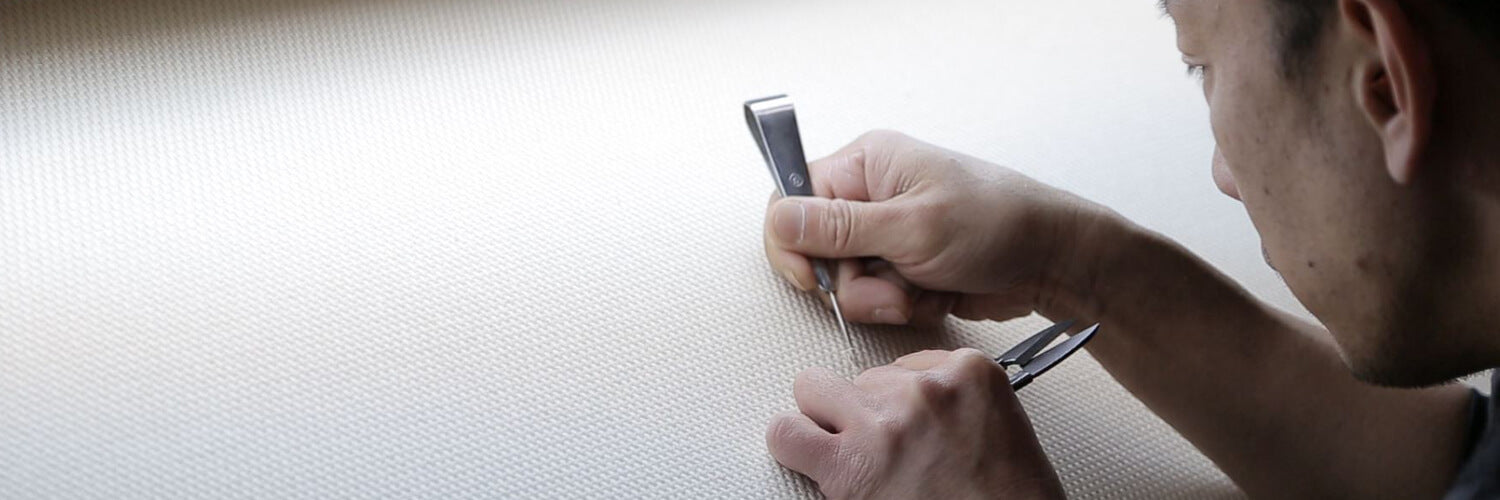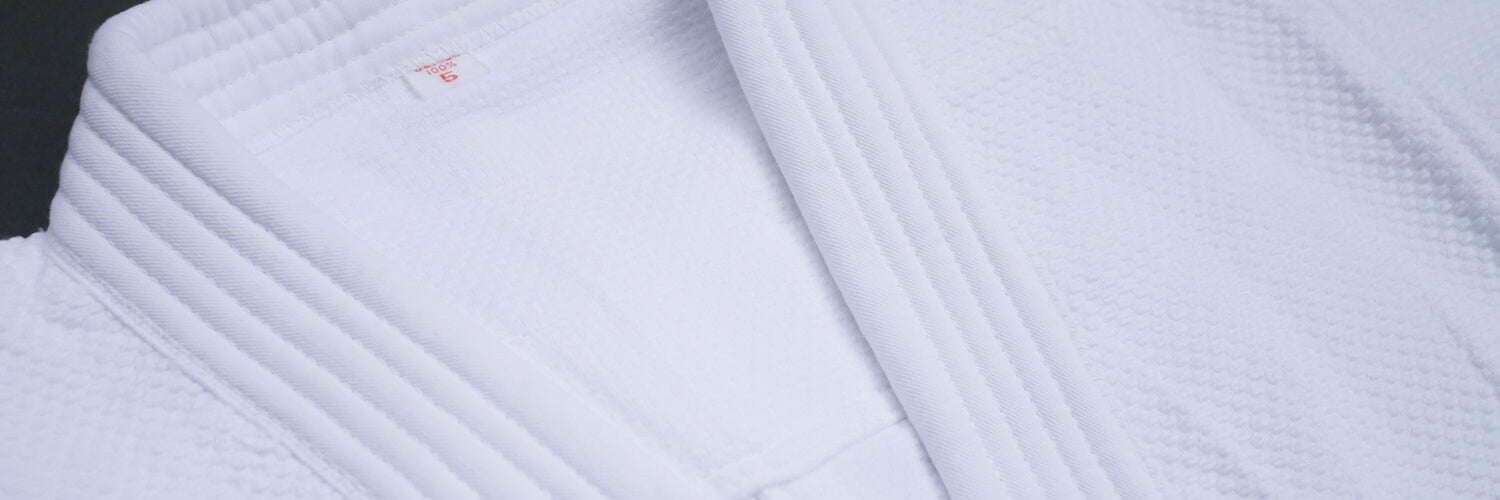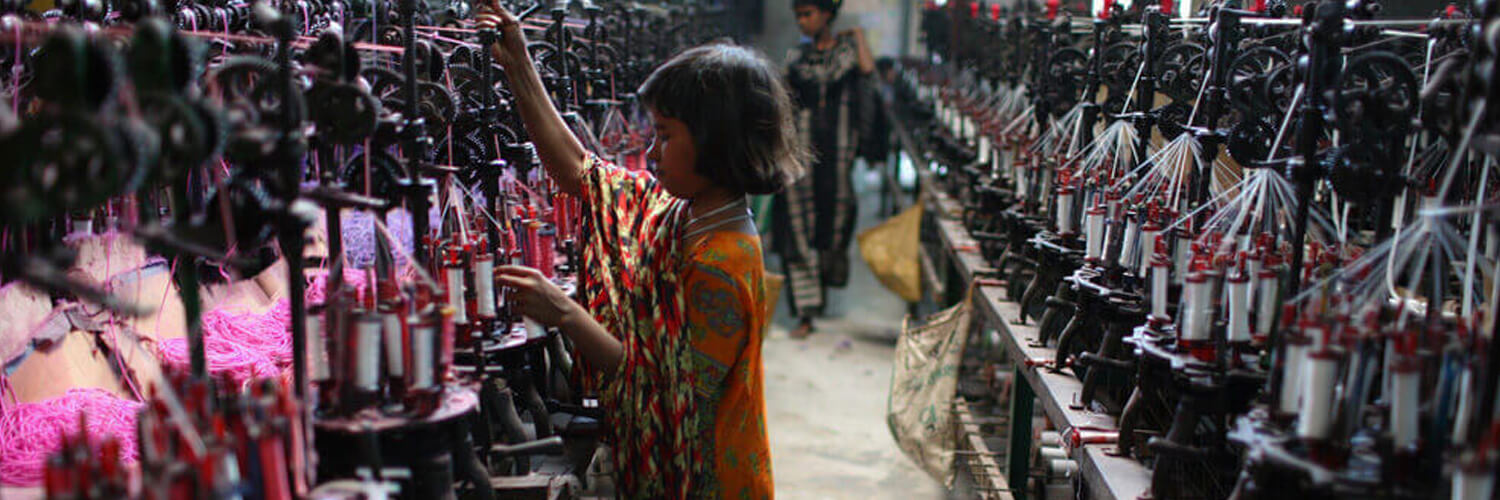
As Budoka, most of us feel having moral values superior to those only practicing “sports”, we like to believe that we are better. Are you—as Budoka—more concerned by human conditions and human rights? Are you concerned with the origin of the products you buy and wear? Take your Dogi, your belt and have a look at the label. Pakistan? Bangladesh? China? Japan? Let us examine under what conditions your equipment is manufactured.
